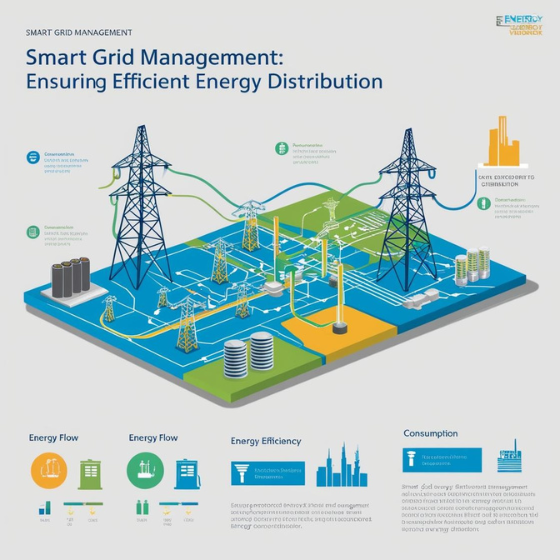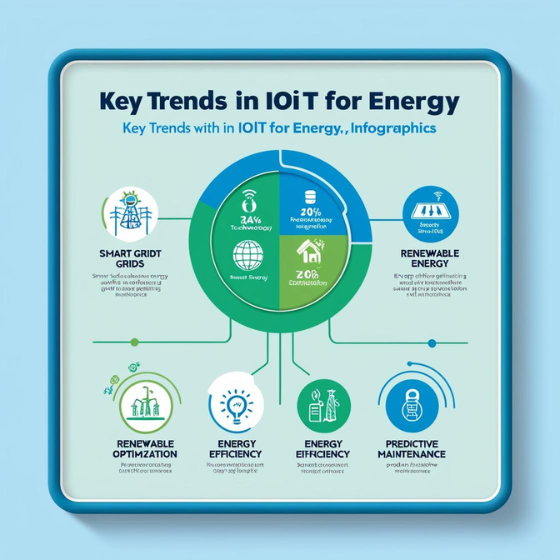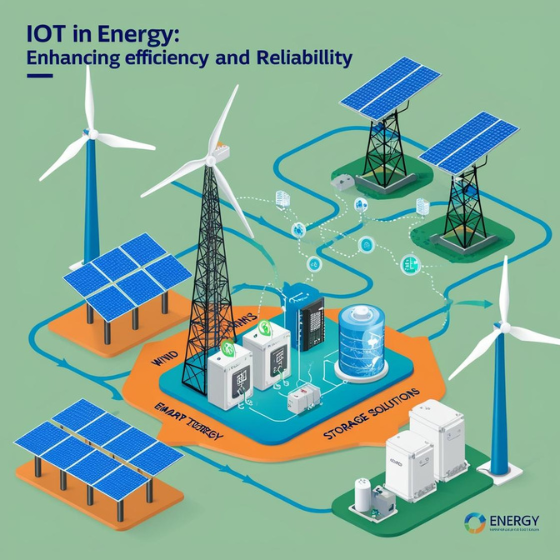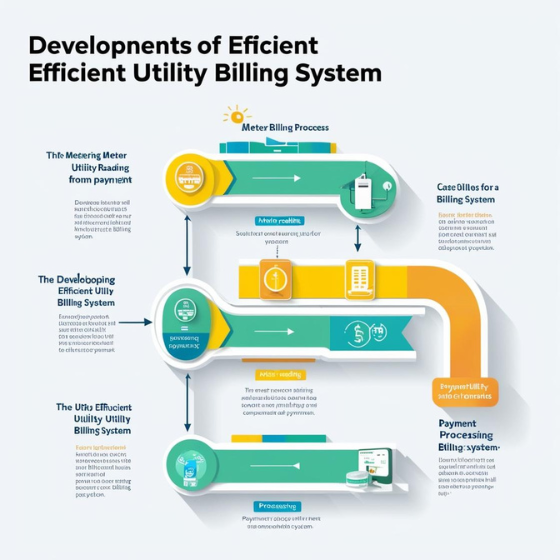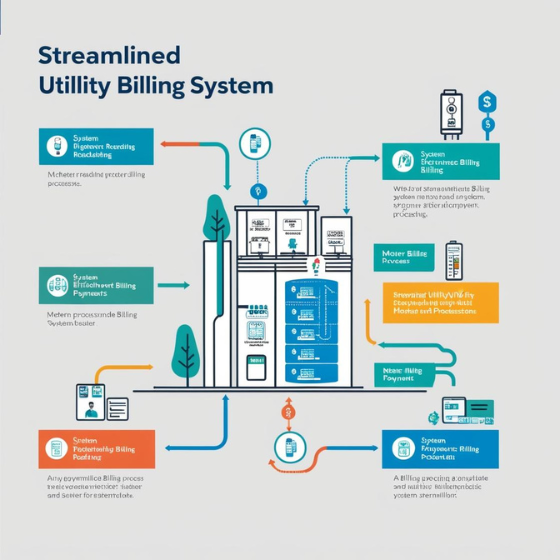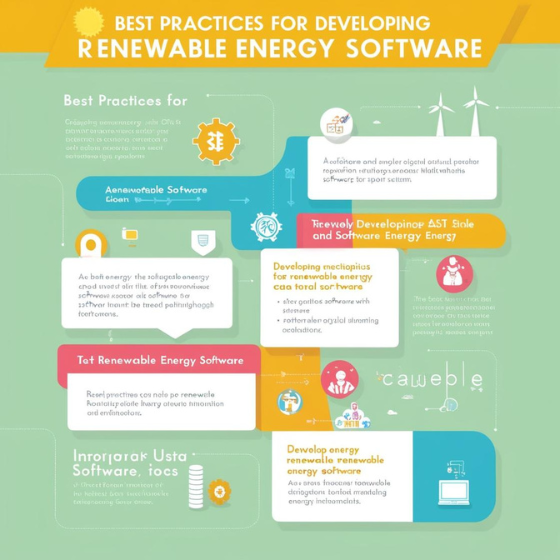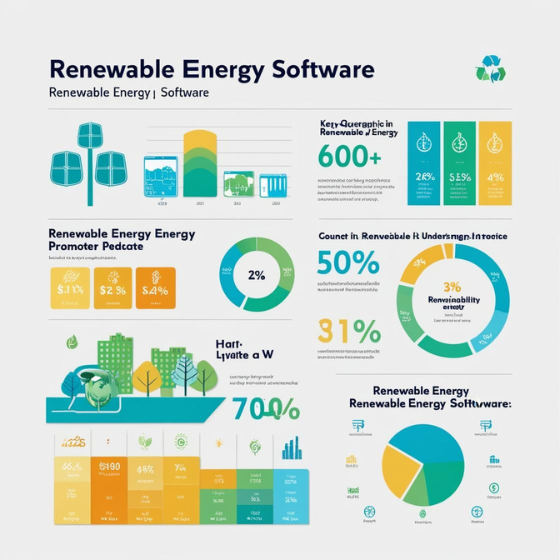Smart Grid Management: Ensuring Efficient Energy Distribution
Introduction
Did you know that inefficient energy distribution causes billions of dollars in losses worldwide every year? The shift toward sustainable energy solutions makes it crucial to address this inefficiency. Enter Smart Grid Management: Ensuring Efficient Energy Distribution, a revolutionary approach that leverages advanced technology to optimize energy flow and reduce waste.
In this blog, we’ll explore the significance of smart grids, their key benefits, and actionable insights into how businesses and governments can improve energy distribution. Whether you’re in the energy sector or simply curious about sustainable solutions, you’ll gain valuable perspectives on how smart grids can transform the future of energy management.
What Is Smart Grid Management?
Smart Grid Management refers to the integration of cutting-edge technology into traditional energy grids to enhance their performance, reliability, and efficiency. By combining automation, IoT devices, and data analytics, smart grids enable real-time energy monitoring, proactive maintenance, and dynamic energy distribution.
Key Features of Smart Grids
- Two-Way Communication: Unlike traditional grids, smart grids enable a two-way exchange of data between consumers and energy providers.
- Automation and Control: Advanced sensors and systems automatically detect issues, reducing downtime.
- Integration with Renewable Energy: Smart grids efficiently incorporate solar, wind, and other renewable energy sources.
- Demand Response: Smart grids adjust energy supply based on real-time demand, ensuring optimal usage.
Pro Tip: Transitioning to smart grids isn’t just about tech—it’s a strategic move for reducing operational costs and carbon footprints.
Benefits of Smart Grid Management: Ensuring Efficient Energy Distribution
Smart Grid Management offers numerous advantages for energy providers, governments, and consumers. Here’s a closer look at how it ensures efficient energy distribution:
1. Reduced Energy Losses
Traditional grids often lose energy due to outdated infrastructure. Smart grids minimize these losses through real-time energy flow adjustments and advanced monitoring systems.
Example: In the U.S., smart grid adoption has already reduced transmission losses by 25%, highlighting its effectiveness in energy conservation.
2. Enhanced Reliability and Resilience
Smart grids can predict and mitigate power outages by analyzing historical and real-time data. This results in fewer disruptions and quicker recovery times.
Case Study: After deploying a smart grid in 2019, a European energy company reduced outage durations by 30%, saving millions in operational costs.
3. Optimized Renewable Energy Usage
Renewable energy sources are often inconsistent. Smart grids balance supply and demand by storing excess energy during peak production and distributing it during lulls.
Interactive Element: How do you think renewable energy impacts energy pricing? Share your thoughts in the comments below!
4. Empowered Consumers
Smart grids provide consumers with detailed insights into their energy usage through apps and dashboards, enabling them to make informed decisions.
Example: A household using smart grid technology can reduce energy bills by up to 20% by adjusting usage during off-peak hours.
CTA: Learn how Sodio’s IoT solutions can empower your business with smarter energy management tools!
The Role of Technology in Smart Grid Management
The backbone of Smart Grid Management lies in its technological framework. Here’s how different technologies contribute to efficient energy distribution:
1. Internet of Things (IoT)
IoT devices, like smart meters and sensors, collect and transmit real-time data about energy usage. These insights allow providers to optimize distribution patterns.
2. Artificial Intelligence (AI)
AI analyzes energy demand and supply trends, offering predictive insights to avoid grid overload or energy wastage.
3. Blockchain Technology
Blockchain ensures secure and transparent energy transactions, especially for peer-to-peer energy trading in decentralized networks.
4. Big Data Analytics
Analyzing vast amounts of energy data helps providers identify inefficiencies and develop data-driven solutions.
Explore More: Discover how Sodio’s blockchain solutions can revolutionize energy management for your organization!
Challenges in Smart Grid Management
While the advantages are compelling, implementing Smart Grid Management comes with its own set of challenges:
- High Initial Costs: Upgrading traditional grids to smart grids requires significant investment.
- Cybersecurity Risks: Increased connectivity raises the potential for cyberattacks on energy infrastructure.
- Regulatory Hurdles: Aligning with government policies and standards can slow down implementation.
- Consumer Adoption: Educating end-users about the benefits of smart grids is essential for widespread acceptance.
Solutions: Partnering with experts like Sodio can streamline the transition process while ensuring compliance and security.
How Businesses Can Leverage Smart Grid Management
Businesses, especially those with high energy demands, stand to gain immensely from smart grid solutions.
Steps to Get Started
- Conduct an Energy Audit: Assess current energy consumption patterns and identify inefficiencies.
- Invest in Smart Devices: Install smart meters and sensors for real-time monitoring.
- Collaborate with Experts: Work with companies like Sodio to design and implement customized smart grid solutions.
- Train Employees: Ensure your team understands how to utilize smart grid systems effectively.
Success Story: A manufacturing giant partnered with Sodio to implement a smart grid. The result? A 40% reduction in energy costs within the first year.
The Future of Smart Grid Management
As global energy demands increase, the need for Smart Grid Management: Ensuring Efficient Energy Distribution will become even more critical. Emerging technologies like AI-driven grids, microgrids, and wireless energy transmission promise to redefine how energy is managed.
Trends to Watch:
- Microgrids: Localized energy grids offering greater resilience and autonomy.
- Energy Storage Innovations: Advanced batteries to store renewable energy more effectively.
- 5G Integration: Faster and more reliable communication between grid components.
Conclusion
The transition to smart grids isn’t just a technological upgrade—it’s a necessity for a sustainable future. Smart Grid Management: Ensuring Efficient Energy Distribution is the key to reducing energy waste, enhancing reliability, and empowering both providers and consumers.
By embracing smart grid solutions, you’re not only investing in efficiency but also contributing to a greener planet.
Ready to revolutionize your energy management strategy? Contact Sodio today to explore our tailored solutions and take the first step toward smarter energy distribution.
